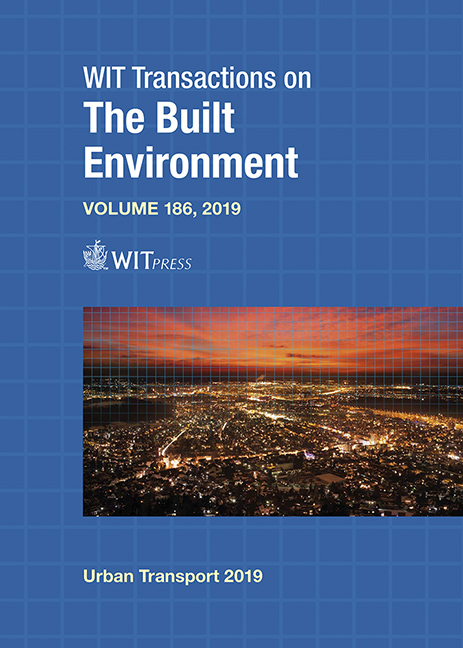BUSINESS PLATFORMS FOR AUTONOMOUS VEHICLES WITHIN URBAN MOBILITY
Price
Free (open access)
Transaction
Volume
186
Pages
12
Page Range
175 - 186
Published
2019
Size
251 kb
Paper DOI
10.2495/UT190161
Copyright
WIT Press
Author(s)
FABIO ANTONIALLI, RODRIGO MARÇAL GANDIA, JOEL YUTAKA SUGANO, ISABELLE NICOLAÏ, ARTHUR DE MIRANDA NETO
Abstract
With mobility becoming a key factor affecting citizens’ well-being and quality of life, innovative schemes such as peer-to-peer (P2P) ride-hailing and Mobility-as-a-Service (MaaS) could have significant impacts on the urban commute. Furthermore, the insertion of autonomous vehicles (AVs) promises a positive impact on cities’ transit worldwide. Ergo, companies are now combining bundles of products and services emphasizing their “sales of use” rather than of products: such integration may be realized by having multi-sided business platforms. The purpose of this study is to create future scenarios for AV business platforms within urban mobility contexts. Based on an exploratory descriptive qualitative research design, we collected data on academic and grey literature. Four scenarios were plotted with real-world examples currently present in urban mobility cases, extrapolated to a future reality where AVs are considered a transport mode: (A) business-to-consumer (B2C) autonomous ridesharing; (B) P2P autonomous ridesharing; (C) B2C multimodal mobility; (D) B2C + P2P multimodal mobility. Scenarios A and B entail unimodal mobility via autonomous ridesharing, whereupon in the former, a single firm owns a fleet and subsidizes the consumer segment, while in the latter, ordinary peers own the AVs, which are offered to other peers via Uber-like applications. Scenarios C and D entail multimodal mobility from point X to Y, where in the former, a single firm owns the multimodal fleet and subsidizes the consumer segment, while Scenario D offers a bundle of B2C and P2P solutions under the MaaS paradigm. We conclude that in scenarios A and B, value creation can be solely explained by business platforms theory; while in scenarios C and D, business platforms theory is tied to business ecosystem theory, to explain value creation and distribution. Lastly, besides the unlikelihood of scenario C, any of the other three have the potential to become a reality when AVs become an urban transport mode.
Keywords
autonomous vehicles, business platforms, scenario planning, traffic, transportation, urban mobility, urban planning





